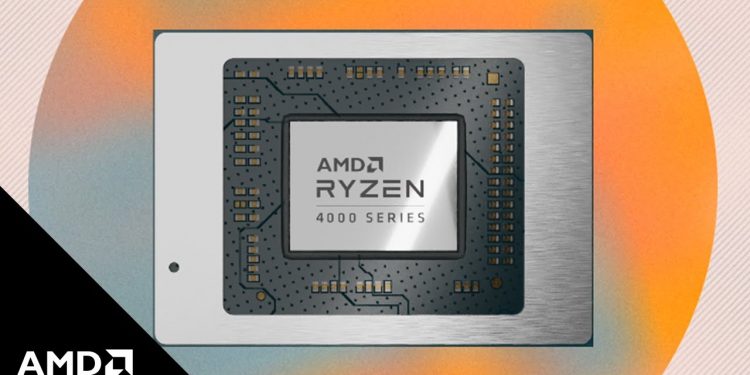AMD recently announced that it has successfully exceeded its moonshot 25×20 goal set in 2014, a goal that was initially set to improve the energy efficiency of its mobile processors 25 times by 2020.
The new AMD Ryzen 7 4800H mobile processor improves on the energy efficiency of the 2014 baseline measurement by 31.7 times and offers leadership performance and extraordinary efficiency for laptop PCs. Greater energy efficiency leads to significant user benefits including improved battery life, better performance, lower energy costs, and reduced environmental impact from computing.
Energy efficiency for processors is determined by the amount of work performed per unit of energy consumed. To achieve the 25×20 goal, AMD focused improvements on developing a highly integrated and efficient system-on-chip (SoC) architecture; improved, real-time power management features; and silicon-level power optimizations. AMD reduced average compute time for a given task by 80%from 2014 to 2020, while also achieving an 84% reduction in energy use.
That means an enterprise that upgrades 50,000 AMD laptops from 2014 models to 2020 models would achieve five times more computing performance and reduce associated laptop energy consumption by 84%, which over a three-year service life amounts to saving approximately 1.4 million kilowatt-hours of electricity and 971,000 kg of carbon emissions, equal to 16,000 trees grown for 10 years.
Achieving its 25×20 energy efficiency goal not only delivers a stronger user experience but also further solidifies AMD’s leadership in sustainability. AMD was the first semiconductor company to have its climate protection goals, including 25×20, approved as a “science-based target” by the Science Based Targets initiative — deemed aggressive enough to help mitigate the impacts of computing on climate change.
The performance improvements and reduced power consumption of the Ryzen 7 4800H processor outpaced the historical efficiency trend predicted by Koomey’s Law – a Moore’s Law analog describing energy efficiency improvement trends — by 2x from 2014 and 2020.









